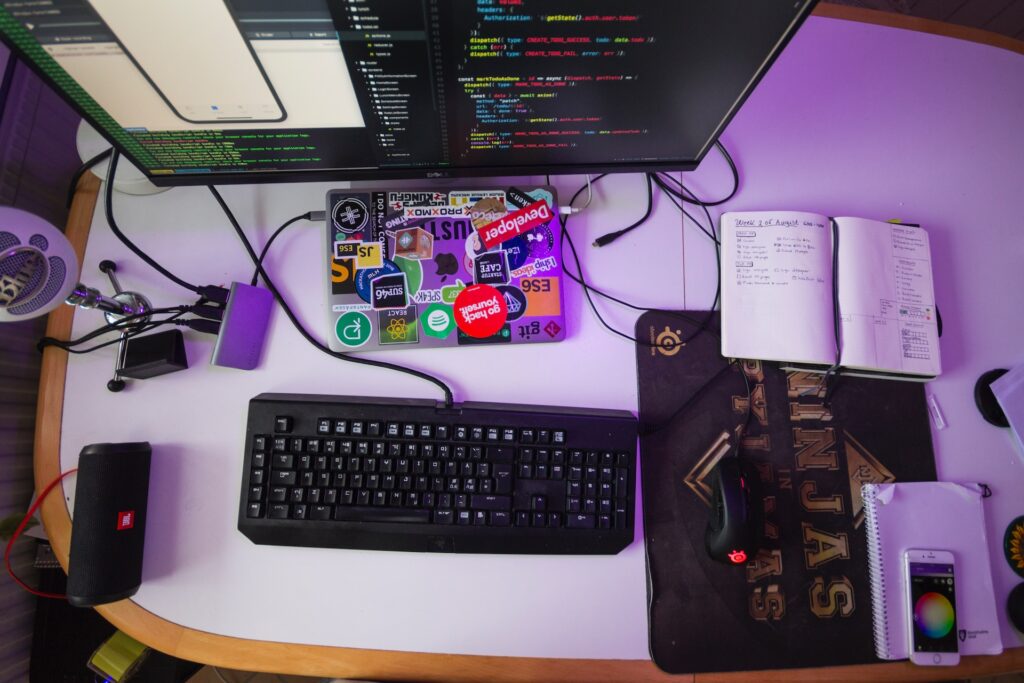Introduction:
React has emerged as a powerful and popular JavaScript library for building user interfaces (UI). Its component-based architecture and declarative nature make UI development more manageable and efficient. In this blog post, we’ll take a practical approach to simplifying UI development with React. Whether you’re new to React or looking to enhance your skills, we’ll provide practical tips and techniques to streamline your UI development process and create elegant and robust interfaces
Understanding the React Fundamentals: We’ll start by revisiting the fundamental concepts of React, including components, state, and props. Understand how these building blocks work together to create reusable and modular UI elements. Gain a solid foundation in JSX syntax, React hooks, and component lifecycle methods to maximize your productivity
Breaking UI into Reusable Components: One of the key strengths of React is its component-based approach. We’ll explore strategies for breaking down UI into reusable components, allowing you to build complex interfaces more efficiently. Discuss techniques such as component composition, props drilling, and the use of higher-order components (HOCs) or render props to create flexible and maintainable UI components.
State Management with React: Effective state management is crucial for UI development. We’ll delve into different approaches to state management in React, including using local component state, leveraging React context, or adopting third-party libraries like Redux or MobX. Understand the pros and cons of each approach and choose the one that suits your project’s needs
Styling React Components: Styling React components can be simplified using various techniques and libraries. We’ll explore different approaches, from inline styles and CSS modules to CSS-in-JS libraries like styled-components or Emotion. Discover how to organize and structure your styles, leverage CSS frameworks, and handle dynamic styling based on component state or props.
Handling Forms and User Input: User input is a common requirement in UI development. We’ll discuss best practices for handling forms and user input in React, including controlled components, uncontrolled components, form validation, and error handling. Explore libraries like Formik or React Hook Form that provide convenient tools for managing form state and validation.
Optimizing Performance with React: Performance is a critical aspect of UI development. We’ll explore techniques for optimizing React application performance, such as lazy loading components, code splitting, and memoization. Discuss the importance of efficient rendering, identifying and optimizing performance bottlenecks, and utilizing tools like React DevTools to analyze and optimize your app’s performance.
Testing and Debugging React Components: Effective testing and debugging are essential for building reliable and bug-free UI components. We’ll discuss different testing strategies, including unit testing with tools like Jest and React Testing Library. Explore debugging techniques using browser developer tools and React-specific debugging tools to identify and fix issues efficiently
Conclusion:
By adopting a practical approach to UI development with React, you can simplify the process and build elegant, maintainable, and performant user

